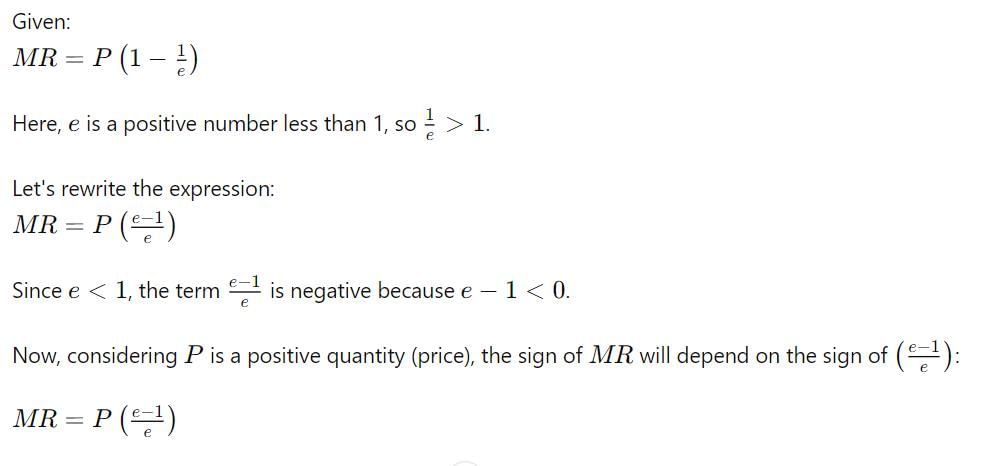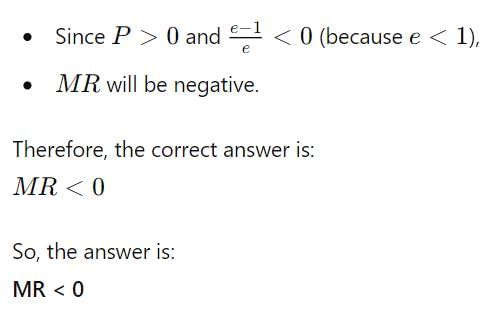Test: Market : Price Determination In Diff Markets - CA Foundation MCQ
15 Questions MCQ Test - Test: Market : Price Determination In Diff Markets
Under which of the following forms of market structure does a firm has no control over the price of its product:
Given, AR = 5 and Elasticity of demand = 2 Find MR.
Under monopoly price discrimination depends upon:
Average revenue curve is also known as:
n perfect competition, since the firm is a price taker, the _______ curve is a straight line:
Marketing Management is the _________ of choosing target markets and getting, keeping and growing customers through creating, delivering and communicating superior customer value.
Given the relation MR=P (1-1/e), if e<1, then
Which of the following is not an essential condition of pure competition?
Market which have two firms are known as:
A firm will close down in the short period, if it’s AR is less than:
What should firm do when Marginal revenue is greater than marginal cost?
Profits of the firm will be more at:
If a seller obtains Rs. 3,000 after selling 50 units and Rs. 3,100 after selling 52 units, then marginal revenue will be
For a discriminating monopolist the condition for equilibrium is:





















